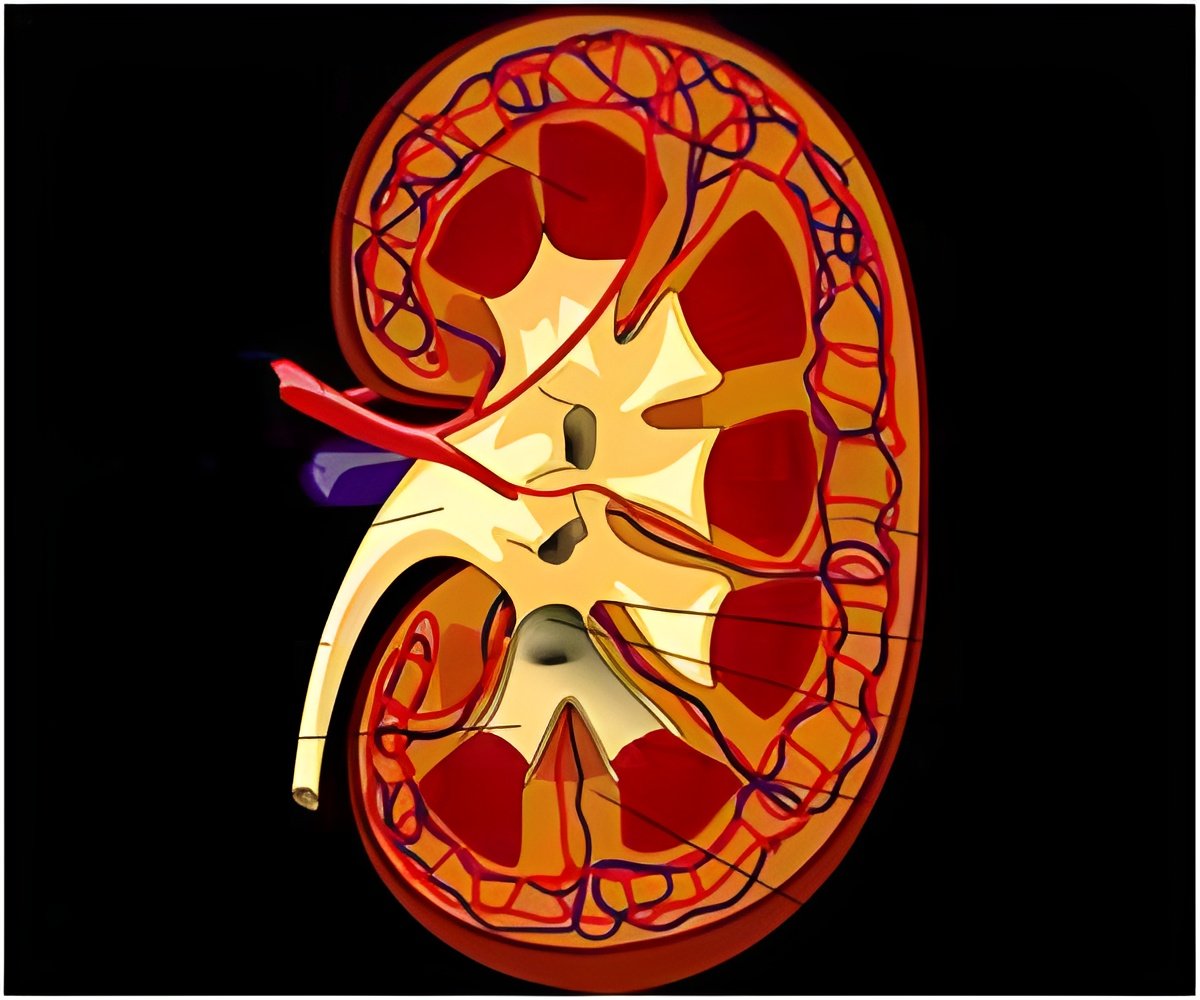Clinicians are well aware that distal renal tubular acidosis (dRTA) develops in response to the loss of acid secretion by the intercalated cells in the kidney.
The inability to remove acid from the body results in low blood potassium levels (hypokalemia), dehydration, and excess calcium in the urine (hypercalcemia), which leads to urinary stone formation. Recently, patients with dRTA have been identified with genetic mutations that lead to the inactivation of proton pumps found in β-intercalated cells, which have been thought to be responsible for base-secretion in the kidney. In this issue of the
Journal of Clinical Investigation, Régine Chambrey and colleagues at INSERM used a mouse model of dRTA to demonstrate that genetic loss of a proton pump in β-intercalated cells results in increased levels of prostaglandin E2 in urine, which promotes hypokalemia and hypercalcemia. Furthermore, pharmacologic inactivation of the proton pump in β-intercalated cells also resulted in increased prostaglandin E2 production and dRTA-like symptom development. In the accompanying commentary, Thomas Kleyman and colleagues at University of Pittsburg highlight how this study and others have changed the traditional view on the function of different kidney cell populations in maintaining fluid and electrolyte balance.
Source-Eurekalert
